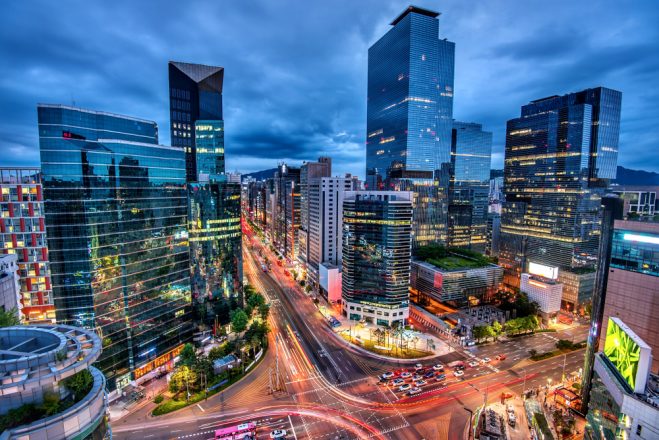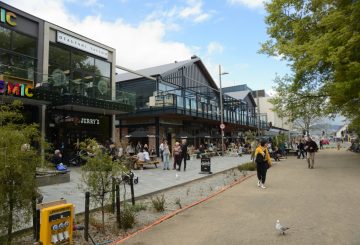新西兰、智利和新加坡今天欢迎大韩民国在巴黎举行的活动上正式加入《数字经济伙伴关系协定》(DEPA)的请求,开始谈判。
贸易和出口增长部长达米安·奥康纳(Damien O’Connor)在欧洲推动新西兰与欧盟达成自由贸易协定的谈判。他还参加了法国经合组织和意大利 G20 的会议。
在今年的经合组织部长理事会会议期间,达米安·奥康纳与智利贸易部副部长罗德里戈·亚涅斯、新加坡贸易和工业部长甘金勇和大韩民国贸易部长杨汉九一起讨论了这一请求。
“新西兰热烈欢迎大韩民国正式申请加入 DEPA。达米安·奥康纳说,扩大 DEPA 的成员资格增强了我们企业参与全球数字经济的能力,并加深了我们在数字贸易规则方面的合作。”
“数字贸易是新西兰经济从 COVID-19 的全球影响中复苏的关键组成部分。全球数字经济的快速增长为我们的小型企业提供了在新市场中竞争的重要机会。
“COVID 已经看到许多消费者迁移到数字世界,以克服疫情对生活造成的日常干扰。”
大韩民国是三个创始成员国之外的第一个正式请求加入这项世界领先的数字协议的合作伙伴。在新西兰、智利和新加坡同意接受这一请求之后,DEPA 缔约方和大韩民国之间现在将开始加入谈判。






























































